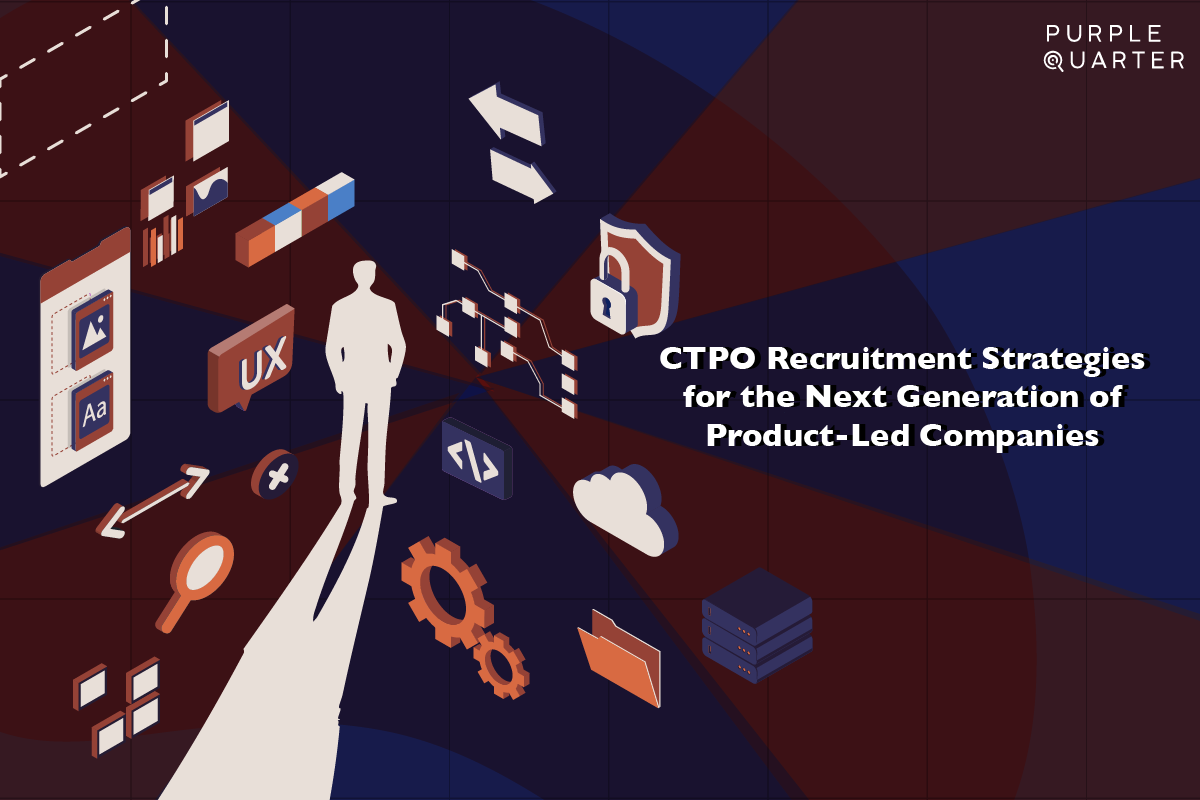.png&w=1920&q=75)
The Quiet Revolution of GCCs
Two decades ago, Global Capability Centers (GCCs) were cost-effective offshore units, running IT helpdesks and back-office operations while headquarters focused on customers and strategy. Today, they have grown into a $64.6 billion industry in India alone, with over 1,700 centers employing nearly 1.9 million professionals. Projections indicate that by 2030, the sector could reach 105 billion, with 2000+ centers and a workforce of almost 3 million [Source↗].
Far from being support arms, GCCs now build products, pioneer AI applications, lead cybersecurity, and run global operations at scale. This transformation has deeply impacted the global tech jobs landscape: the most exciting work in the global tech industry is increasingly happening within these centers. And at the heart of this shift is a new kind of leader, whose skillset is distinctly different from traditional tech executives – blending global vision with local execution, innovation with scale.
The New Mandate for GCC Leaders
Traditional tech leaders at global headquarters are measured by market outcomes: revolving around product ownership, market growth, and technological edge. A GCC leader, in contrast, operates in a dual context. Their mandate is not purely delivery-focused but capability-driven. They must demonstrate enterprise-wide value by building capabilities in areas like AI, cybersecurity, cloud platforms, and global operations, while also aligning with HQ’s strategic direction.
This balancing act makes GCC leadership one of the most demanding & influential roles in today’s global tech industry. Their success depends not only on efficiency but on creating innovation capacity, nurturing specialized talent, and embedding resilience into the enterprise at scale.
The Qualities That Define GCC Leadership
1. Strategic Amplification
A GCC leader’s first responsibility is to ensure the center doesn’t remain a cost arbitrage function. They must constantly expand the scope of what the center delivers: from operations to innovation, from execution to ownership. This requires foresight: spotting areas where the GCC can lead (AI labs, cybersecurity, cloud-first modernization).
Where a traditional leader drives market share, a GCC leader drives enterprise relevance. Their scoreboard is whether the center becomes indispensable to the parent company’s strategy. For many technology experts working within GCCs, this creates opportunities to contribute directly to innovation and transformation, not just delivery.
2. Talent Architecture in Competitive Markets
Unlike traditional leaders who hire within relatively stable local markets, GCC leaders battle in the hottest talent arenas on the planet. Attrition in Indian GCCs, for instance, can run significantly higher than global averages. On top of that, the demand for niche digital skills (AI, blockchain, cybersecurity) outpaces supply.
A GCC leader must therefore become a talent supply chain architect, blending recruitment, reskilling, internal mobility, and ecosystem partnerships with universities and startups. Retention is not solved by compensation alone; it’s solved by creating a culture where engineers feel they are doing cutting-edge, global-impact work. By operating at the intersection of scale, innovation, and global visibility, GCCs have emerged as prime destinations for building global technology careers.
3. Cultural Translation at Scale
A GCC leader straddles two cultures: the headquarters’ corporate DNA and the local work ethos. Misalignment can derail entire programs. What HQ sees as “agility,” local teams may perceive as chaos; what local teams see as “innovation,” HQ may dismiss as scope creep. The effective GCC leader is a cultural translator. They ensure global alignment while protecting local identity, building psychological safety for diverse teams, and harmonizing multi-national workforces. This “cultural bilingualism” is one of the defining traits of modern technology experts who succeed in these roles.
4. The Influence Mandate of GCC Leaders
Few roles combine strategic influence, innovation ownership, and enterprise impact the way a GCC head does. They are not just operational anchors; they are the driving force behind product innovation, capability expansion, and enterprise-wide transformation.
What makes the role distinctive is the enterprise diplomacy it demands, like aligning with HQ stakeholders, shaping mandates, and securing strategic investments. The ability to translate GCC outcomes into the language of boardrooms and CXOs turns these leaders into catalysts for global technology careers. For ambitious technology experts, leading a GCC is no longer a support role; it is a frontline leadership platform that accelerates visibility, influence, and pathways into larger roles across the global tech industry. 5. Innovation Within Constraints
GCC leaders rarely get full product ownership from day one. They often start with modules, platforms, or shared services. The best ones don’t stop at execution: they focus on creating IP, incubating prototypes, and co-developing solutions with HQ. Over time, they expand their charter and prove that innovation can thrive anywhere in the enterprise.
This ability to turn partial ownership into global impact is what sets GCC leaders apart as the global tech industry increasingly depends on distributed innovation.
Where GCC Leaders Differ From Traditional Tech Leaders: In Hindsight
.png)
At this point, the distinction emerges naturally:
Traditional Tech Leaders own growth metrics, product vision, and market outcomes.
GCC Leaders own capability building, stakeholder orchestration, and enterprise relevance.
This distinction is shaping the career trajectories of countless technology experts across the world, as leadership in GCCs becomes a gateway to larger roles in the global technology careers landscape.
The Final Word
Global Capability Centers have outgrown their original script. They are no longer hidden support engines; they are frontline builders of enterprise advantage. Leading them demands a new kind of executive: equal parts technologist, strategist, talent magnet, diplomat, and cultural translator. This is precisely where Purple Quarter plays a critical role. We help enterprises identify the technology experts and strategic leaders capable of transforming Global Capability Centers into high-impact innovation engines, ensuring that both talent and enterprise objectives are aligned for long-term success.
For more information, reach out to the Marketing Team


